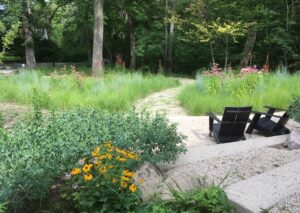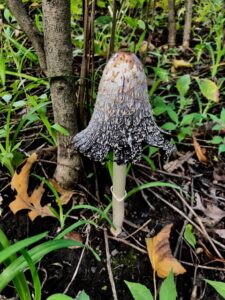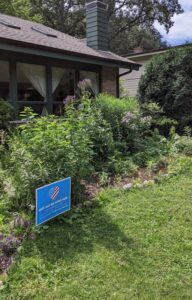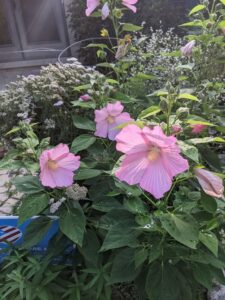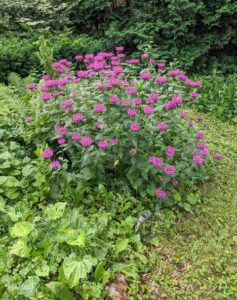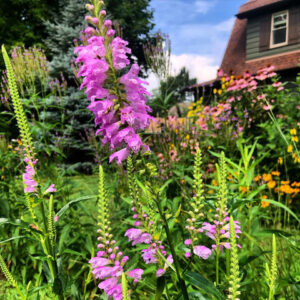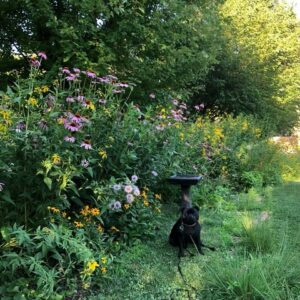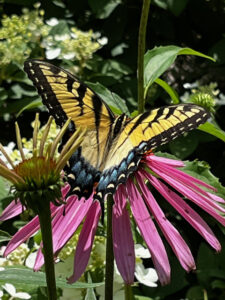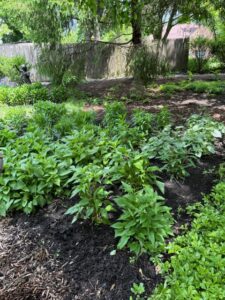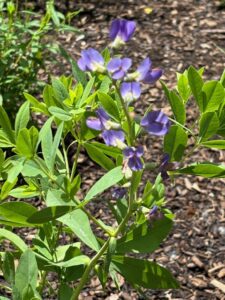Thank you to everyone who came to our 2024 Native Garden Tour. It was wonderful to meet so many neighbors and folks from surrounding communities who are building habitats across our area.
In order to respect the privacy of our generous hosts, we have taken down our map and address page. If you missed the tour, you can still see the gardens below. Ready to certify your outdoor space with the National Wildlife Federation? Habitat HP will pay your registration fee! Email us at gghpinfo@gmail.com for details.
Keep scrolling to take a look at this year’s gardens and meet the hosts!💚


